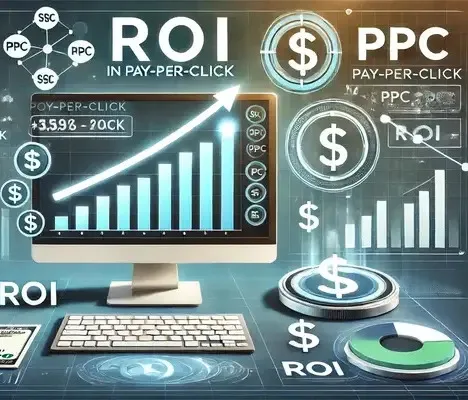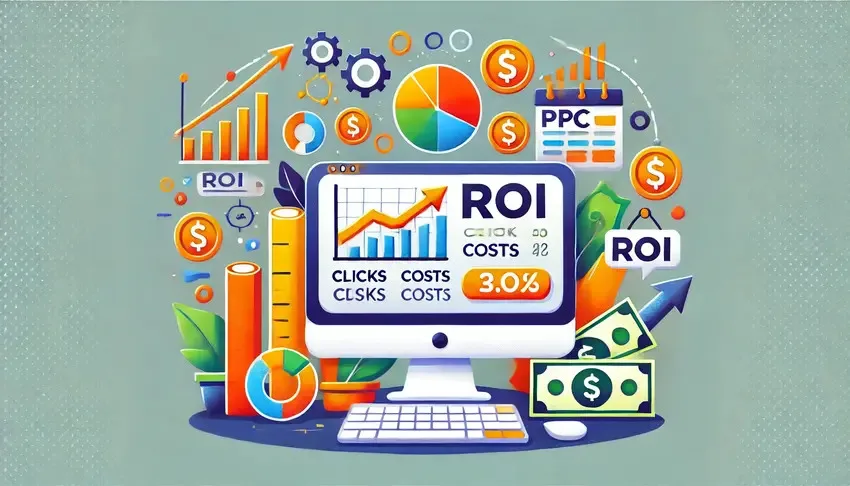
How to Reduce the Cost per Click and Increase ROI in PPC
Pay-per-click (PPC) advertising is one of the most effective ways to drive traffic to your website and increase conversions. However, the cost per click (CPC) can quickly add up, especially if your campaigns are not optimized. Reducing CPC while improving return on investment (ROI) is a common goal for marketers, but it requires a strategic approach. This article will explore the key factors affecting CPC and how to manage them to improve ROI.
The Main Factors Affecting the Cost per Click in PPC
Several factors contribute to the overall cost per click in PPC campaigns, and understanding these is the first step toward reducing expenses:
- Keyword Selection: Competitive keywords drive up CPC. If many advertisers are bidding on the same keywords, the auction price increases.
- Ad Quality Score: Google and other platforms assign a quality score to ads based on relevance, click-through rate (CTR), and landing page experience. A higher quality score can lead to lower CPCs.
- Target Audience: Demographics, location, and interests all influence CPC. Bidding on audiences that are more expensive to target can result in higher costs.
- Bid Strategy: The bidding method you choose (manual, automated, or enhanced) also plays a crucial role in determining CPC.
Ways to Reduce the Cost per Click in PPC
To reduce CPC, a few key strategies can be applied:
- Optimize Keyword Selection: Focus on long-tail keywords. These are less competitive but highly targeted, meaning they attract more qualified traffic at a lower cost.
- Improve Quality Score: Write relevant ad copy and ensure your landing pages align closely with the keywords you’re targeting. Google rewards ads that provide a good user experience with lower CPCs.
- Target Specific Audiences: Refine your audience targeting to eliminate segments that are not converting. Use remarketing to target users who have already shown interest in your business.
- Adjust Bidding Strategies: Automated bidding strategies, like target CPA (cost-per-acquisition) or maximize conversions, can optimize bids based on campaign performance and help lower CPCs.

How to Increase ROI in PPC Advertising
To maximize ROI from PPC campaigns, it’s not enough to focus solely on reducing CPC. The ultimate goal is to increase the effectiveness of each click.
- Create Highly Relevant Ads: Ensure your ad copy speaks directly to the needs of your audience. Tailored messaging increases CTR, leading to more conversions.
- Optimize Landing Pages: A high-converting landing page directly impacts your ROI. Ensure fast loading speeds, a clear call to action (CTA), and a streamlined user experience.
- Leverage A/B Testing: Regularly test different ad variations to understand which ones perform best. Even small adjustments to headlines, CTAs, or visuals can significantly improve conversion rates.
- Focus on Conversion Tracking: Use conversion tracking tools to measure the success of your ads. This data allows you to refine your targeting and bidding strategies for better ROI.
Common Mistakes When Managing PPC Campaigns
Managing PPC campaigns can be challenging, and there are several common mistakes to avoid:
- Ignoring Negative Keywords: Failing to use negative keywords results in wasted ad spend on irrelevant clicks.
- Not Regularly Updating Ads: Ads need to be continuously optimized and refreshed based on performance data.
- Poor Audience Targeting: Broad targeting can lead to high CPC and low conversion rates. Always refine your audience for better results.
- Overlooking Quality Score: Many advertisers neglect the importance of a high-quality score, which directly impacts CPC and ROI.
By understanding the factors that affect CPC and adopting strategies to optimize campaigns, you can reduce your costs and increase your PPC ROI. Prioritizing ad relevance, improving landing pages, and refining your targeting are crucial steps in achieving cost-effective PPC campaigns. Avoid common mistakes and keep optimizing for continuous improvements.
